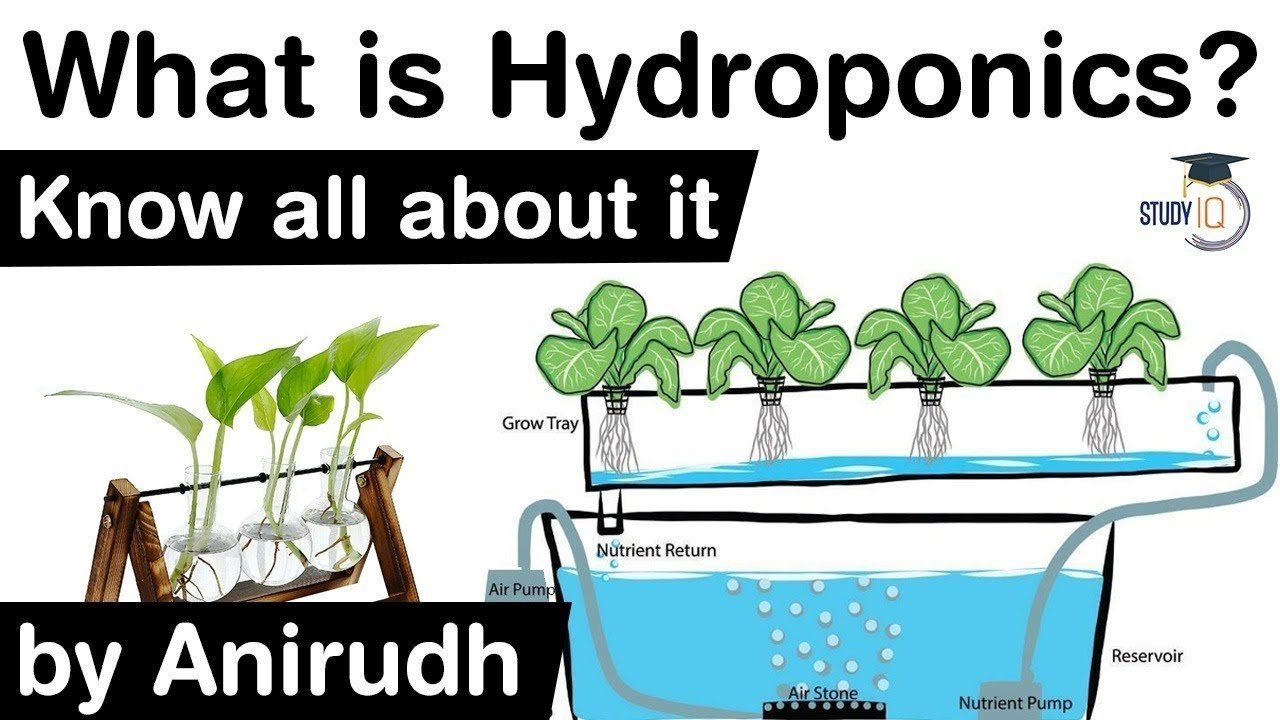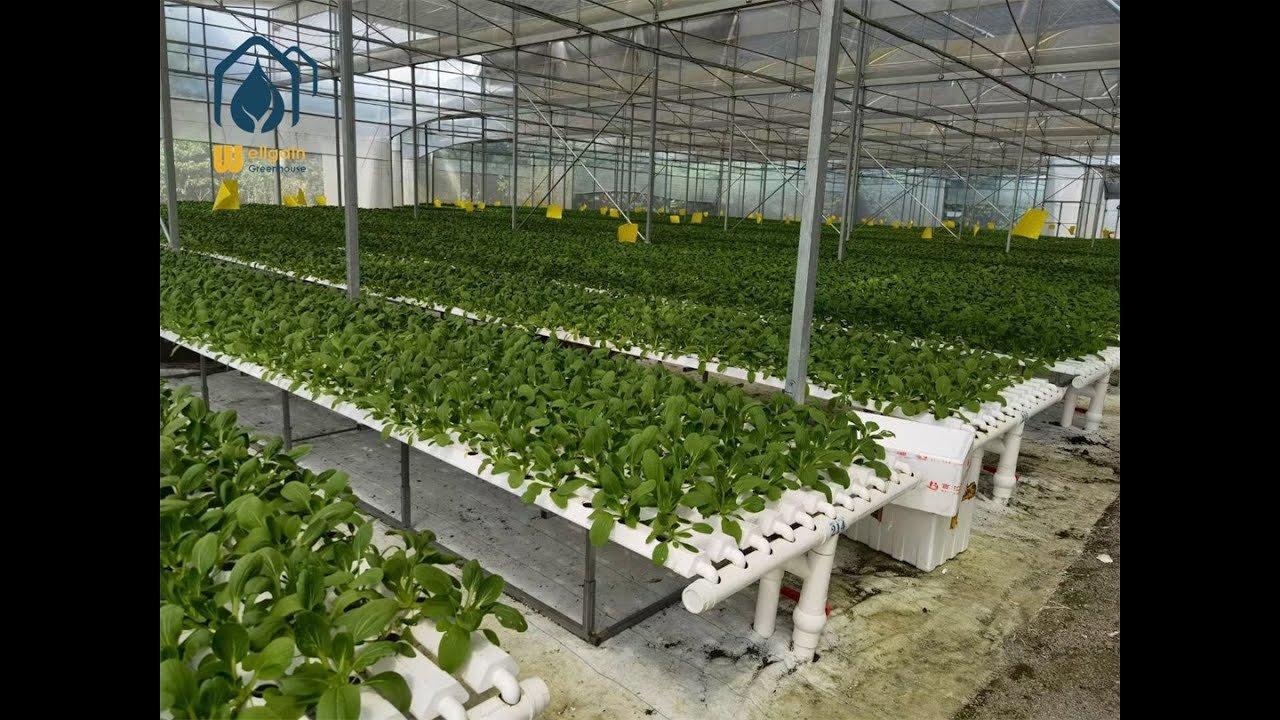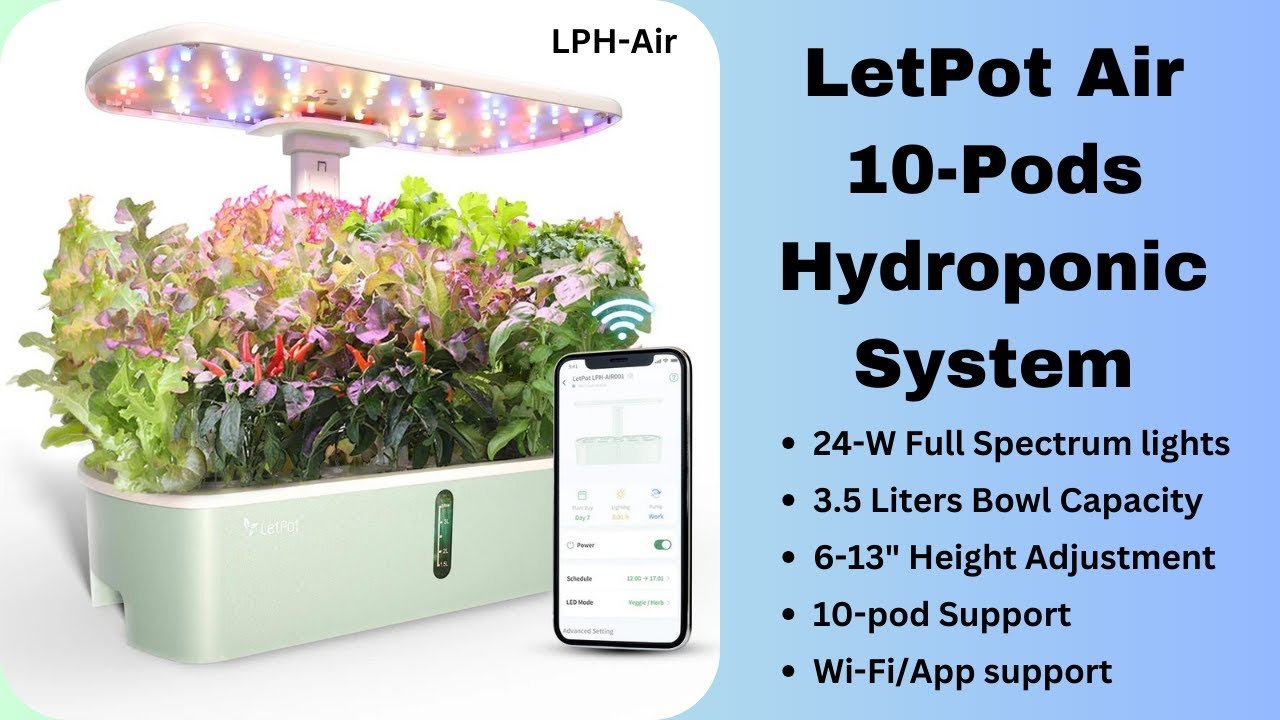My Aquaponics Adventure: Fumbles, Fish, and Vegetables
There I was, sitting out on my back porch with a steaming cup of coffee, watching the sun lazily creep up over the trees surrounding my small-town yard. It was one of those days where everything felt just right, except for the gnawing itch in my gut—an itch to build something weird and wonderful in my backyard. Aquaponics! That quirky blend of fish and plants working symbiotically had me hooked ever since I stumbled across a YouTube video.
The Grand Idea
I’d been dabbling in gardening for years, mostly growing tomatoes and beans that either exploded in the heat or yielded enough to make a decent sauce. But mixing fish with my gardening? That seemed like the next big challenge. I convinced myself that this was the perfect endeavor for my little slice of America. I pictured glistening fish swimming beneath lush plants, all coexisting in perfect harmony.
With determination swirling in my belly, I decided to use up some old materials from my shed. I dragged out a worn-out plastic storage bin, a few leftover wooden pallets, and two old fish tanks that had been gathering dust since my kids lost interest in their goldfish.
Making the Mess
The first hiccup came quickly. Repurposing materials sounds all well and good until you find out that all your wood has seen better days. The pallets were splintering, and I could practically hear them groaning under the pressure as I tried to stack them. But I was undeterred—I’d take that as a challenge. After some cursing, hammering, and an eye roll or two, I managed to create a rickety system that could hold everything together.
Next up was the plumbing. I thought I could handle this. After all, my dad used to fix our old leaky faucets. I picked up some PVC pipes from the local hardware store. As soon as I attempted to fit them together, it was as if I’d unleashed an eldritch horror. The pipes wouldn’t connect! I spent hours rolling around on the floor, wrestling with those stubborn pieces, and drenched in not just sweat but also a sense of impending doom.
It took a good long while and more than a few angry shouts into the abyss before I got the water pump working. I had ordered a tiny one from an online store that boasted about its efficiency. I thought I’d nailed it—those fishes would be swimming in clear, circulating water in no time. Little did I know that the universe had other plans.
The Fishy Business
Once the setup was coming together, I made my way to a local pet store, my excitement bubbling over. I opted for tilapia—they seemed hardy, and everyone on the internet couldn’t stop raving about how easy they were to grow. So, with a few tilapia darting around in a plastic bag, I drove home, feeling like a true aquaponics pioneer.
But no sooner had I deposited those fish into their new watery home than disaster struck! The smell of that water! It was like a combination of an overripe salad and wet dog—definitely not the idyllic scene I had imagined. I suddenly realized that with my ecological setup came the challenges of balancing fish waste and plant needs. The plants weren’t established, and it didn’t take long for those glorious tilapia to start looking a bit lifeless.
You know, fish have delicate souls. I thought they’d acclimate effortlessly to their new habitat, but it turned out they had no interest in sharing space with what I now recognized as a pretty chaotic system. A couple of fish didn’t make it through the week, and I nearly threw in the towel. It was heartbreaking to see something I’d worked so hard on begin to unravel.
(Re)Understanding Nature
In a moment of clarity, I realized that I’d rushed in without thinking things through. I reached out to some local gardening enthusiasts—old-timers who would give you the shirt off their backs if you’d listen to their stories. They reminded me that every farmer faces struggles; it’s part of the process. The key was to become a better observer of your ecosystem.
So, I bought some plants—basically thriving weed-like greens like basil and mint—to jumpstart the system, hoping they could help filter the water. I added some clay pebbles to help hold moisture while creating a better habitat for beneficial bacteria. It wasn’t a pretty fix, but hey, it was science. And much to my surprise, things started to change for the better. I figured out the balance: water changes, stable pH, and properly cycling my system—all the bits and pieces I didn’t consider during my initial enthusiasm.
The Rewarding Growth
Weeks passed, and instead of constant worry, I found myself eagerly darting out to the backyard every morning. The fish were still alive! More surprisingly, the plants were thriving. That heady smell of fresh basil filled the air, a far cry from the wet dog I had once associated with my setup. Sure, it wasn’t perfect, and I still had my fair share of fish losses, but finally, I could see the beauty in this mess of a backyard system I had created.
The Takeaway
If there’s one thing I learned through all the messy, frustrating, and surprisingly rewarding moments, it’s that you don’t need to have an engineering degree to build something amazing. The world of aquaponics (or whatever your quirky project may be) is filled with trials and tribulations, but the act of figuring it out offers lessons you can’t find in textbooks.
So, if you’re sitting there, coffee in hand, wondering whether you should dive into your own aquaponics adventure or any passionate project, let me assure you—don’t worry about getting it perfect. Just start. You’ll learn as you go.
If you want to explore aquaponics in your own backyard, join the next session here.







Leave a Reply